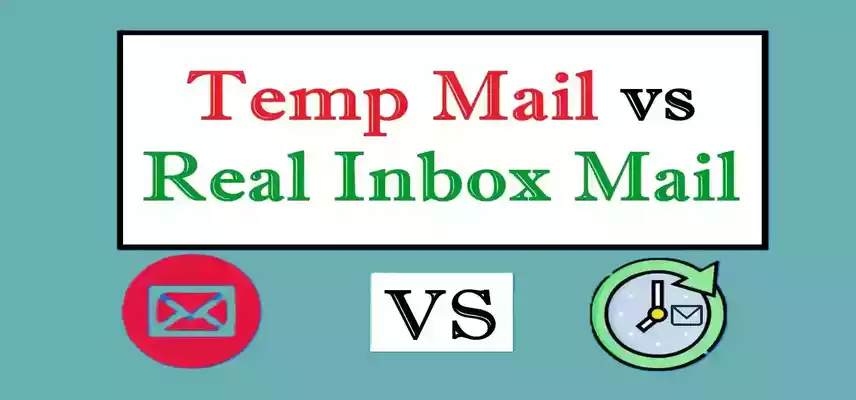

Temp Mail vs. Real Email: What's the Difference?
In today's digital world, email plays a crucial role in communication, account registrations, and online transactions. However, not all emails serve the same purpose. There are two main types: temporary (temp) mail and real email. Let’s explore their differences and when to use each.
1. What is Temp Mail?
Temp mail, also known as disposable email, is a short-lived email address that gets automatically deleted after a set time. It is often used for quick registrations, avoiding spam, and maintaining privacy. Examples of temp mail services include Mailinator, TempMail, and 10MinuteMail.
Pros of Temp Mail:
✅ No registration required
✅ Keeps your real email spam-free
✅ Provides anonymity
✅ Instant access
Cons of Temp Mail:
❌ Cannot be used for long-term accounts
❌ Limited access (deleted after some time)
❌ Not secure for sensitive information
2. What is a Real Email?
A real email is a permanent email address provided by services like Gmail, Yahoo, or Outlook. It allows long-term access, communication, and account recovery for important services like banking, social media, and business communications.
Pros of Real Email:
✅ Secure and reliable
✅ Can be used for official and personal purposes
✅ Allows password recovery and verification
✅ Offers storage for emails and attachments
Cons of Real Email:
❌ Requires registration
❌ Can receive spam if not managed properly
❌ Privacy concerns if hacked
3. When to Use Temp Mail vs. Real Email?
| Use Case | Temp Mail | Real Email |
|---|---|---|
| Signing up for a one-time service | ✅ | ❌ |
| Receiving important emails | ❌ | ✅ |
| Avoiding spam | ✅ | ❌ |
| Business & personal communication | ❌ | ✅ |
| Account recovery | ❌ | ✅ |
Final Thoughts
Temp mail is perfect for short-term use and maintaining privacy, but it lacks security and longevity. Real email, on the other hand, is essential for professional and personal communication. If you want to keep your inbox spam-free while still using real email, consider using filters or a secondary email for temporary sign-ups.

